-
 Bitcoin
Bitcoin $107,341.7259
0.15% -
 Ethereum
Ethereum $2,438.6204
0.70% -
 Tether USDt
Tether USDt $1.0003
-0.02% -
 XRP
XRP $2.1866
1.94% -
 BNB
BNB $649.0952
0.36% -
 Solana
Solana $150.9602
5.63% -
 USDC
USDC $0.9999
0.00% -
 TRON
TRON $0.2742
0.40% -
 Dogecoin
Dogecoin $0.1645
1.93% -
 Cardano
Cardano $0.5669
1.18% -
 Hyperliquid
Hyperliquid $37.8286
4.19% -
 Bitcoin Cash
Bitcoin Cash $491.4669
-2.74% -
 Sui
Sui $2.8150
3.06% -
 Chainlink
Chainlink $13.4184
2.91% -
 UNUS SED LEO
UNUS SED LEO $9.0809
0.27% -
 Avalanche
Avalanche $18.0295
2.60% -
 Stellar
Stellar $0.2396
1.19% -
 Toncoin
Toncoin $2.8587
0.13% -
 Shiba Inu
Shiba Inu $0.0...01160
2.59% -
 Litecoin
Litecoin $86.4192
1.45% -
 Hedera
Hedera $0.1486
1.19% -
 Monero
Monero $308.4324
0.87% -
 Polkadot
Polkadot $3.4202
1.43% -
 Bitget Token
Bitget Token $4.6436
-0.34% -
 Dai
Dai $0.9998
-0.02% -
 Ethena USDe
Ethena USDe $1.0002
0.00% -
 Uniswap
Uniswap $7.1527
3.29% -
 Pi
Pi $0.5357
-8.45% -
 Pepe
Pepe $0.0...09588
4.61% -
 Aave
Aave $259.9759
0.81%
What is a rainbow table attack?
Rainbow table attacks, using pre-computed hash tables, efficiently crack weak cryptocurrency passwords. Strong passwords, salting, and key stretching significantly hinder their effectiveness, making reputable exchanges and wallets safer.
Mar 12, 2025 at 01:10 am
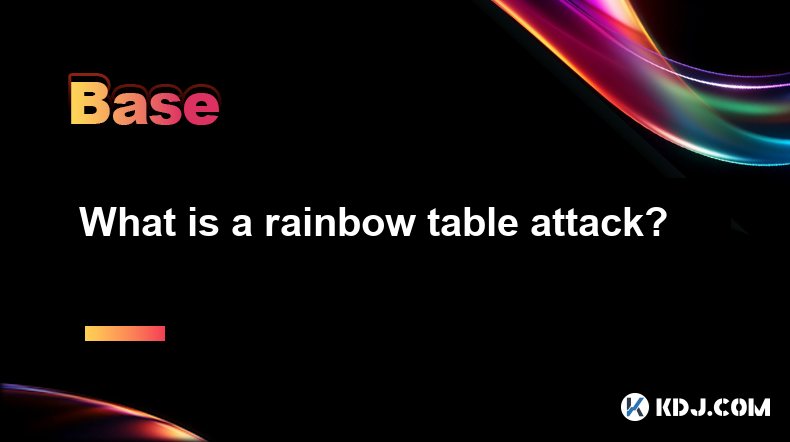
Key Points:
- Rainbow table attacks are a pre-computed table lookup technique used to crack password hashes, applicable to certain cryptocurrencies.
- They are particularly effective against weak or commonly used passwords.
- The effectiveness is diminished by salting and other security measures.
- Understanding rainbow tables helps in choosing strong and secure passwords and wallets.
- Cryptocurrency exchanges and wallet providers implement various countermeasures to mitigate this threat.
What is a Rainbow Table Attack?
A rainbow table attack is a pre-computed table lookup technique used to reverse hash functions, commonly employed to crack passwords. In the context of cryptocurrencies, this means potentially compromising wallets or accounts secured with weak passwords. Unlike brute-force attacks which try every possible combination, rainbow tables store pre-calculated hashes and their corresponding plaintexts, significantly speeding up the cracking process. This efficiency stems from the reduced storage space compared to storing every possible hash.
How does a Rainbow Table Attack work against Cryptocurrency Wallets?
The attacker first creates a rainbow table, a massive database containing many possible password hashes and their corresponding plaintexts. This table is generated offline and can be very large. When an attacker obtains a password hash from a cryptocurrency wallet (perhaps through a data breach), they can search the rainbow table for a match. If found, the corresponding plaintext (the original password) is revealed, granting access to the wallet.
What makes Rainbow Table Attacks effective?
The efficiency of a rainbow table attack lies in its pre-computed nature. Brute-forcing requires many individual hash calculations, while rainbow tables provide instant lookup. This is particularly effective against passwords that are short, simple, or commonly used. Weak cryptographic hashing algorithms also increase the vulnerability to rainbow table attacks. The attack becomes more potent when combined with other techniques like dictionary attacks, utilizing lists of common passwords to narrow the search space.
How to Protect Against Rainbow Table Attacks in Cryptocurrencies:
Several strategies mitigate the risk of rainbow table attacks:
- Strong Passwords: Using long, complex passwords with a mix of uppercase and lowercase letters, numbers, and symbols significantly increases the difficulty of generating a comprehensive rainbow table that would include your password.
- Salting: Salting involves adding a random string to the password before hashing. This creates unique hashes for the same password, rendering pre-computed rainbow tables ineffective. Many cryptocurrency systems already implement salting as a standard security measure.
- Peppering: Similar to salting, peppering adds a secret, server-side string to the password before hashing. This is more robust as the secret is not transmitted to the client, making rainbow tables useless.
- Key Stretching: Key stretching algorithms, such as bcrypt or scrypt, increase the computational cost of generating hashes, making it computationally infeasible to create rainbow tables for them. These algorithms are designed to resist brute-force and rainbow table attacks.
- Multi-Factor Authentication (MFA): MFA adds an extra layer of security beyond just a password. Even if a rainbow table attack compromises the password, the attacker will still need access to the second factor, like a verification code from a mobile app.
Rainbow Table Attacks vs. Brute-Force Attacks:
While both aim to crack passwords, they differ significantly in their approach. Brute-force tries every possible password combination sequentially, whereas rainbow tables pre-compute a massive set of hashes and their corresponding plaintexts for faster lookups. Brute-force is computationally expensive, while rainbow tables require significant storage space. The choice between the two depends on factors like available resources and the strength of the password.
Limitations of Rainbow Table Attacks:
Rainbow tables have limitations. The size of the table grows exponentially with the password length and character set. This limits their effectiveness against sufficiently long and complex passwords. Furthermore, salting and key stretching significantly reduce their effectiveness. The cost of generating and storing large rainbow tables can also be prohibitive.
Specific Cryptocurrency Vulnerabilities:
Certain older or poorly designed cryptocurrency wallets might be more vulnerable to rainbow table attacks due to weak hashing algorithms or the lack of salting. However, reputable exchanges and wallet providers usually implement strong security measures to mitigate these risks. Users should always prioritize using well-established and reputable platforms.
Common Questions:
Q: Can rainbow table attacks crack any password?
A: No, rainbow table attacks are most effective against weak or commonly used passwords. Strong, complex passwords, combined with salting and key stretching, make them significantly less effective.
Q: Are all cryptocurrencies equally vulnerable to rainbow table attacks?
A: No, the vulnerability depends on the specific implementation of security measures within the cryptocurrency system and the wallet software used. Well-designed systems employing strong hashing algorithms, salting, and key stretching offer strong resistance.
Q: How can I check if my cryptocurrency wallet is vulnerable?
A: It's difficult to directly test for vulnerability. However, using a reputable and well-established wallet provider and practicing strong password hygiene is the best preventative measure. Look for wallets that explicitly mention using robust security measures like salting and key stretching.
Q: What is the difference between a rainbow table and a dictionary attack?
A: Both are used to crack passwords. A dictionary attack uses a list of common passwords, while a rainbow table pre-computes hashes for a vast range of potential passwords to speed up the process. Rainbow tables can be considered a more advanced form of attack.
Disclaimer:info@kdj.com
The information provided is not trading advice. kdj.com does not assume any responsibility for any investments made based on the information provided in this article. Cryptocurrencies are highly volatile and it is highly recommended that you invest with caution after thorough research!
If you believe that the content used on this website infringes your copyright, please contact us immediately (info@kdj.com) and we will delete it promptly.
- Trump, Bitcoin, and Peter Schiff: A New York Minute on Crypto Chaos
- 2025-06-29 12:30:12
- BTC Price, BlackRock ETF, Fed Signals: Decoding the Crypto Crossroads
- 2025-06-29 12:30:12
- SEI Price Skyrockets Amid ETF Hype and Bullish Uptrend: What's Next?
- 2025-06-29 12:50:11
- Bitcoin Mining, Cryptocurrency, and Blockchain: A New York State of Mind
- 2025-06-29 13:10:11
- Dogecoin's Double Bottom: Is an Explosive Move Imminent?
- 2025-06-29 12:55:11
- Kitten Craze Online: Hunting for the Purr-fect Coin Purse
- 2025-06-29 10:30:12
Related knowledge
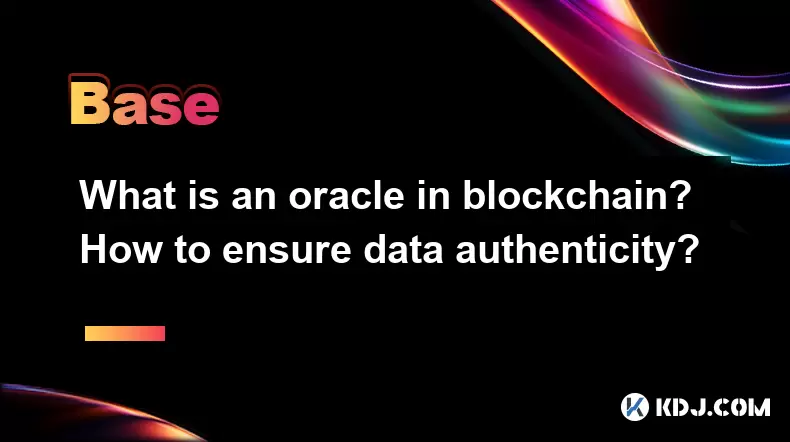
What is an oracle in blockchain? How to ensure data authenticity?
Jun 19,2025 at 08:49pm
Understanding the Role of an Oracle in BlockchainIn the context of blockchain technology, an oracle serves as a bridge between the blockchain and external data sources. While blockchains are inherently secure and decentralized, they cannot access real-world information on their own. Oracles enable smart contracts to interact with off-chain data such as ...

What are ICOs and IDOs in cryptocurrency? How to identify high-quality projects?
Jun 22,2025 at 11:49am
Understanding ICOs in CryptocurrencyInitial Coin Offerings (ICOs) are fundraising mechanisms used by cryptocurrency startups to raise capital for their projects. In an ICO, a company creates and sells its own tokens to investors in exchange for established cryptocurrencies like Bitcoin or Ethereum. The process typically involves the release of a whitepa...
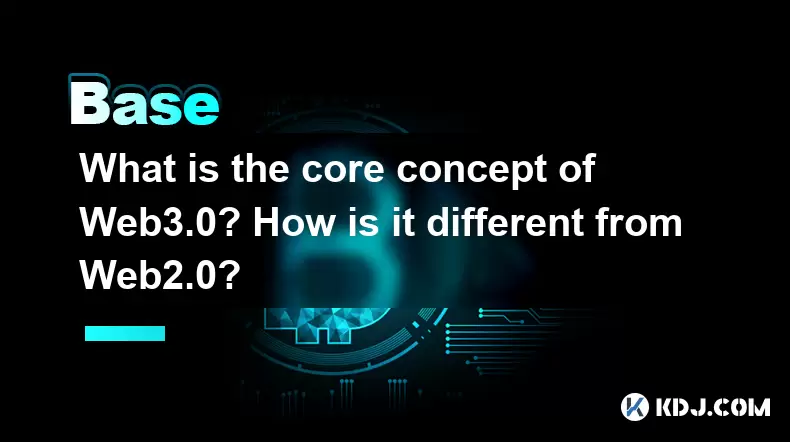
What is the core concept of Web3.0? How is it different from Web2.0?
Jun 21,2025 at 05:56pm
Decentralization as the Foundation of Web3.0The core concept of Web3.0 revolves around decentralization, which fundamentally challenges the centralized architecture of Web2.0. In Web3.0, control and ownership are distributed across a network rather than being held by a central authority or corporation. This is achieved primarily through blockchain techn...
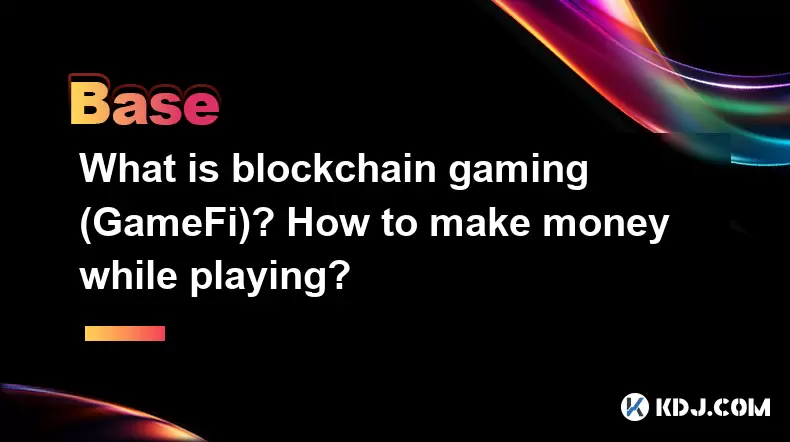
What is blockchain gaming (GameFi)? How to make money while playing?
Jun 20,2025 at 07:56am
Understanding Blockchain Gaming (GameFi)Blockchain gaming, often referred to as GameFi, is a fusion of blockchain technology and video games. It enables players to own in-game assets through non-fungible tokens (NFTs) and earn rewards via cryptocurrencies or token-based systems. Unlike traditional games where items are controlled by centralized develope...
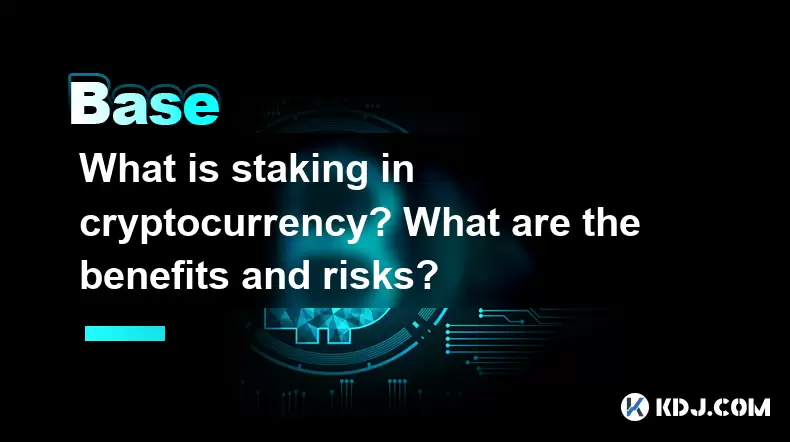
What is staking in cryptocurrency? What are the benefits and risks?
Jun 22,2025 at 10:01am
Understanding the Concept of Staking in CryptocurrencyStaking in cryptocurrency refers to the process of actively participating in transaction validation on a blockchain network that uses a Proof-of-Stake (PoS) consensus mechanism. Instead of miners competing to solve complex mathematical puzzles as in Proof-of-Work systems like Bitcoin, PoS blockchains...

How does the Lightning Network solve Bitcoin congestion? What is the usage process?
Jun 23,2025 at 06:21pm
Understanding Bitcoin Network CongestionBitcoin, as a decentralized digital currency, operates on a blockchain that records every transaction in a public ledger. Each block has a limited size, typically 1 megabyte, which allows for only a certain number of transactions per second (TPS). When the number of transactions increases, the network becomes cong...

What is an oracle in blockchain? How to ensure data authenticity?
Jun 19,2025 at 08:49pm
Understanding the Role of an Oracle in BlockchainIn the context of blockchain technology, an oracle serves as a bridge between the blockchain and external data sources. While blockchains are inherently secure and decentralized, they cannot access real-world information on their own. Oracles enable smart contracts to interact with off-chain data such as ...

What are ICOs and IDOs in cryptocurrency? How to identify high-quality projects?
Jun 22,2025 at 11:49am
Understanding ICOs in CryptocurrencyInitial Coin Offerings (ICOs) are fundraising mechanisms used by cryptocurrency startups to raise capital for their projects. In an ICO, a company creates and sells its own tokens to investors in exchange for established cryptocurrencies like Bitcoin or Ethereum. The process typically involves the release of a whitepa...

What is the core concept of Web3.0? How is it different from Web2.0?
Jun 21,2025 at 05:56pm
Decentralization as the Foundation of Web3.0The core concept of Web3.0 revolves around decentralization, which fundamentally challenges the centralized architecture of Web2.0. In Web3.0, control and ownership are distributed across a network rather than being held by a central authority or corporation. This is achieved primarily through blockchain techn...

What is blockchain gaming (GameFi)? How to make money while playing?
Jun 20,2025 at 07:56am
Understanding Blockchain Gaming (GameFi)Blockchain gaming, often referred to as GameFi, is a fusion of blockchain technology and video games. It enables players to own in-game assets through non-fungible tokens (NFTs) and earn rewards via cryptocurrencies or token-based systems. Unlike traditional games where items are controlled by centralized develope...

What is staking in cryptocurrency? What are the benefits and risks?
Jun 22,2025 at 10:01am
Understanding the Concept of Staking in CryptocurrencyStaking in cryptocurrency refers to the process of actively participating in transaction validation on a blockchain network that uses a Proof-of-Stake (PoS) consensus mechanism. Instead of miners competing to solve complex mathematical puzzles as in Proof-of-Work systems like Bitcoin, PoS blockchains...

How does the Lightning Network solve Bitcoin congestion? What is the usage process?
Jun 23,2025 at 06:21pm
Understanding Bitcoin Network CongestionBitcoin, as a decentralized digital currency, operates on a blockchain that records every transaction in a public ledger. Each block has a limited size, typically 1 megabyte, which allows for only a certain number of transactions per second (TPS). When the number of transactions increases, the network becomes cong...
See all articles

























































































